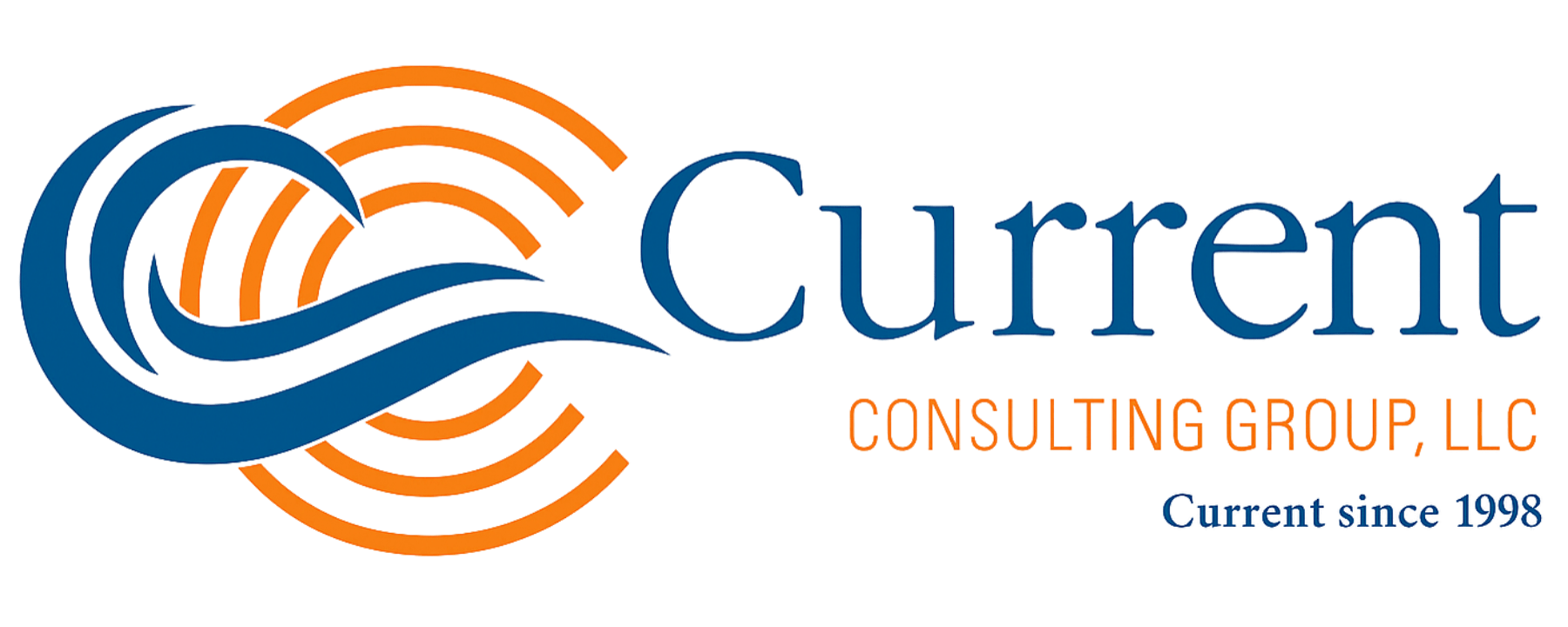This information is provided for educational purposes only. Reader retains full responsibility for the use of the information contained herein.
As an employer, successful hiring is paramount and countless checks and balances are put into place to identify the most qualified candidates. Once the candidate is selected there are generally a series of events in place to verify the decision made by the employer which may include background checks, physical examinations, and drug testing. These additional safeguards ensure safety is considered when onboarding new employees.
Imagine This
It has been several months since the new hire has started and you learned the employee regularly uses marijuana for medical purposes and s/he has an addiction to pain killers, a controlled substance which wasn’t included in the testing panel prior to their start. Additionally, the company expanded and opened several new locations in various states throughout the U.S. The good news is the company has a written policy in place testing for marijuana, but do the same rules apply for medical marijuana? Do the rules vary by state? What about adding additional substances such as commonly abused pain medications? How do you proceed?
The importance of Program/Policy Evaluations
As with any process you implement to enhance efficiency or reduce compliance risk, it is important to revisit it periodically to determine if it remains as effective as when it was first applied. Evaluating your current process, understanding drug testing requirements, and keeping up with best practices can reduce the risk of adding a drug-abusing employee to your team.
Evaluations provide key information at all stages of drug-free workplace program development and ensure program effectiveness. The evaluations process should begin at the onset of your drug-free workplace program. When implementing or revising a drug testing program, it is vital to understand what kind of program bests suits your business needs.
There is also no single correct way to perform an evaluation of drug testing programs. What is best will depend on many factors, including what you want to know, what data you have available or can obtain, and the resources and time available to you.
This article will highlight basic stages for a program evaluation that is essential for a successful and compliant testing policy.
Program Implementation and Policy Development
When developing a program, the first step is to identify your company’s drug testing objectives -what does your company hope to achieve by implementing a testing program? Will you accept medical marijuana use? Does your organization have a high prevalence of substance abuse problems? Are you mandated to comply with client contracts or with federal Department of Transportation (DOT) regulations? Perhaps you are interested in a program that allows an employer to receive a discount on workers’ compensation premiums or to deny unemployment or workers’ compensation claims?
It is important to understand the nature of your workforce, the major problems and stressors that are affecting your employees, and the possible ways in which alcohol, prescription drugs and other drug misuse may be causing or contributing to those problems. Understanding your needs is paramount in creating a custom program designed specially to fit your program necessities.
After you have identified your drug testing objectives, a policy is drafted that aligns with your business needs, company culture, and state and federal laws.
Initial Evaluation
After your program has been developed, baseline data considerations should be established. Baseline data has two purposes: (1) to show function; and (2) to determine if an improvement has been made. Basically, baseline data is going to tell you what road to take in addition to making sure you are continuously on the right track. This information gives you a foundation for comparison after you have developed your policy and program and set them in motion.
To assist with the evaluation process, determine upfront what it is you want to learn from the evaluation. For example, do you want to know if the expected outcomes have been achieved; or if one component of the strategy was more effective than another? Is it a program goal to lower employee absenteeism? If so, document current employee absenteeism and evaluate the outcome at the end of the year or the determined evaluation cycle. Evaluation measurements can be used regularly to identify weaknesses in the program and to uncover best practices and improvement opportunities
Be sure to link each goal to something measurable. Determine what goals mean and how they can be measured. It is common to have several different research questions for an evaluation, but it is important to be realistic in designing your evaluation questions. Too many or too complex questions may overburden the evaluation and cause it to lose focus. If necessary, design a more limited evaluation focused on key goals for the initial round and build in a more detailed evaluation as the next phase.
Additionally, policy maintenance and program evaluations should be assigned to an individual or department. Identifying an owner for this project will make your investment in the drug testing program a more rewarding effort.
Mid-Year Evaluation
Mid-year is a good time to examine the process and compare baseline data to current data to determine the direction of the program objectives. At this point, evaluations are to ensure the program process is on track and to deal with any practical difficulties. Below are examples of the types of questions to ask to assist with the mid-year evaluation process:
- Are the initial objectives addressing the workplace needs?
- Have the objectives of the testing program changed?
- Does the program seem to be working as intended?
- Are there reoccurring obstacles with the testing program?
- Are there ongoing questions or concerns with policy content?
- Has the program expanded to new states?
- Has there been an extremely high or low positive rate?
- Have there been changes in laws or trends with workplace testing that should be re-evaluated?
- Is the workplace achieving the established goals?
- What can be done to improve the program outcome?
This periodic monitoring and tracking of program results will assist in monitoring what is working with your program and what improvements should be considered to enhance the drug testing experience.
Year-End Evaluation
It is unlikely that any evaluation will conclude that a program is perfect. Use the results obtained from the evaluation to modify and improve your program. The benefits from an evaluation are obtained only when changes are made that advance the outcome of a program. Over time this process should lead to the development of an ideal program and in turn, improved programs should contribute to more effective and efficient processes.
Once the program objectives are identified, all applicable state laws and federal regulations should be considered. If company polices have not been reviewed in a few years, most often companies will elect to start from scratch and create an all-new policy.
It can be difficult to keep up with the changes in drug testing trends, industry standards, and federal regulations or state drug testing laws. There is no specific schedule that companies must follow, but best practice is to review your program and policy annually (at a minimum) for relevancy and accuracy. Over time, laws, company goals, objectives, and operational needs change, necessitating a review of the existing program and policy to follow suit.
Making the most of your company testing program involves designing an evaluation process that will most likely benefit your company’s testing program, including liability concerns. Email the experts at Current Consulting Group at policy@currentconsultinggroup.com to create a custom policy that will assist in capturing the necessary elements of the policy to capitalize your testing program.



